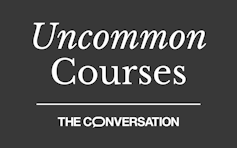

Authors: Nancy E. Berg, Professor of comparative literature, Arts & Sciences at Washington University in St. Louis
Read more



